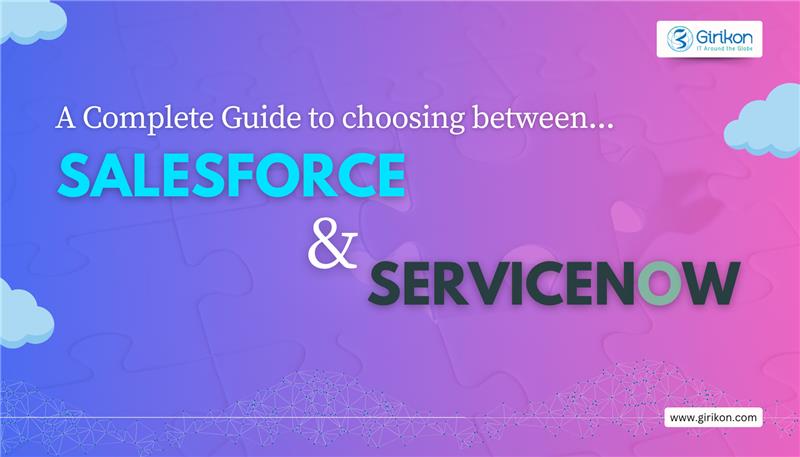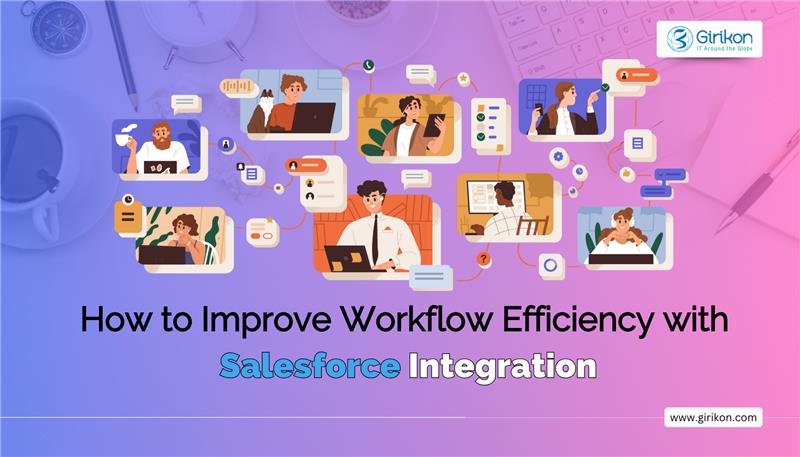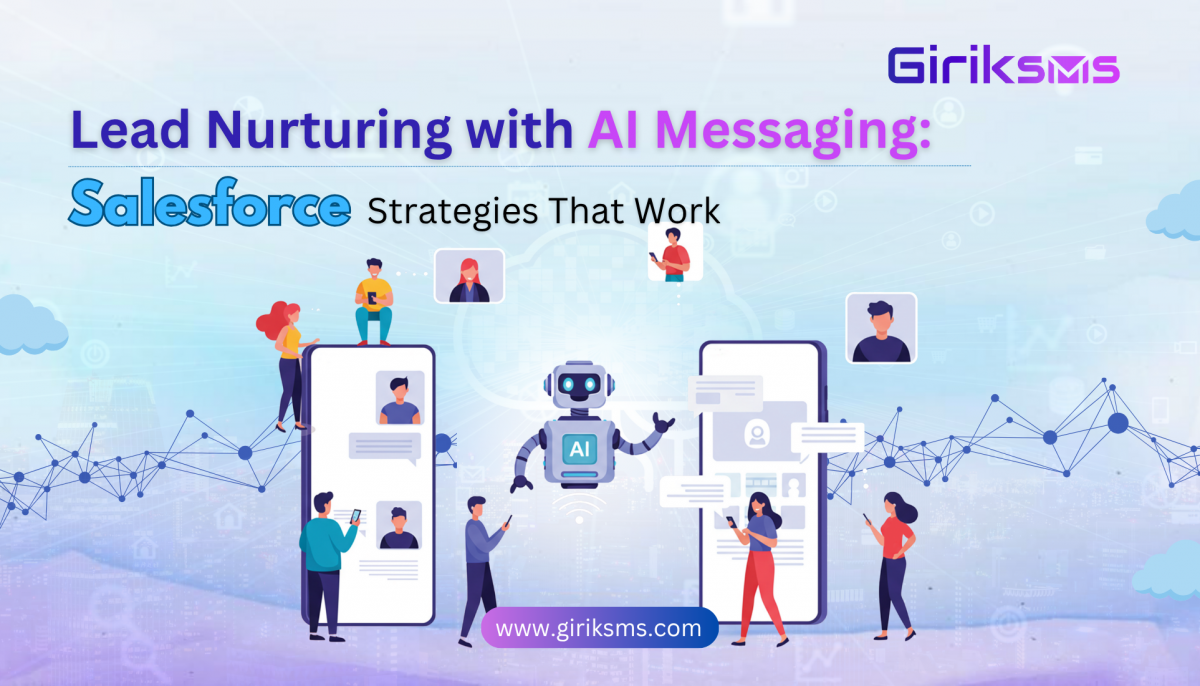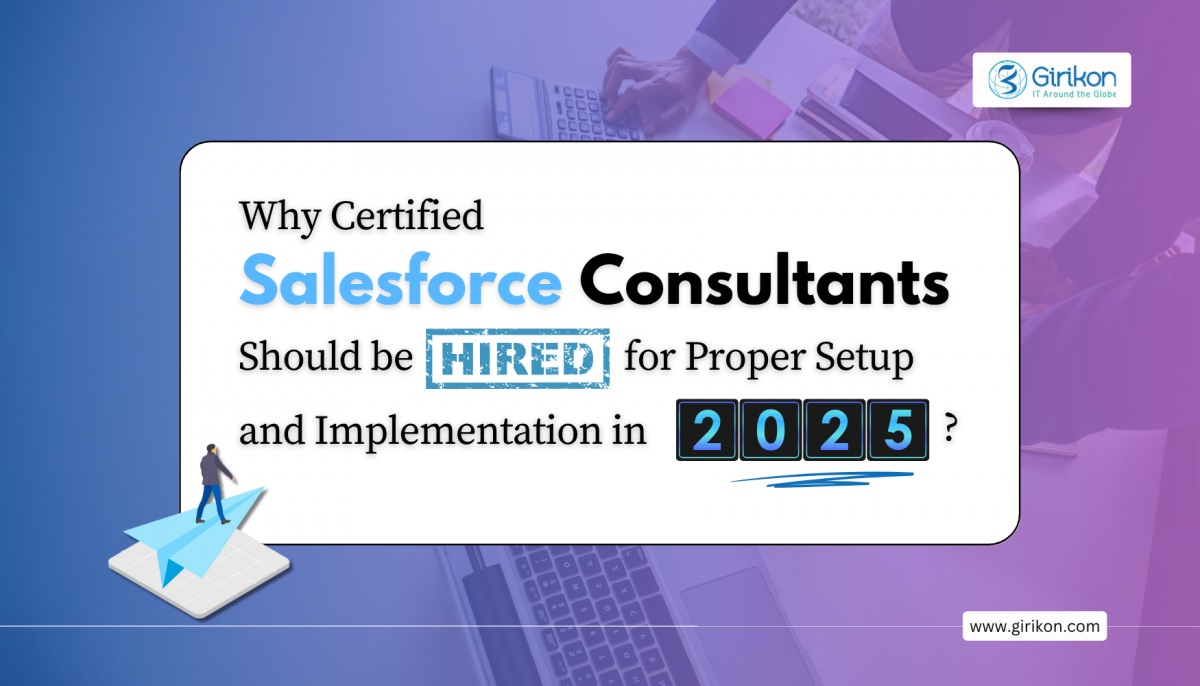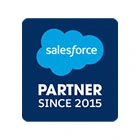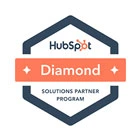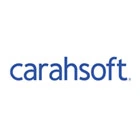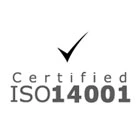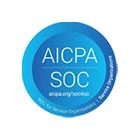Our Blogs
Salesforce can be transformational. Provided you implement it right. It has the power to change the way your organization functions, helping you transition to a smarter, efficient, data-driven, and impactful business.
Salesforce can be transformational. Provided you implement it right. It has the power to change the way your organization functions, helping you transition to a smarter, efficient, data-driven, and impactful business.
But it‘s common that the same set of hurdles keep popping up repetitively. Technology based perfection is relatively easier to achieve. An expert team of Salesforce Consultants may execute challenging implementations on time and within budget. But it can become transformational only if it meets the business objectives of the organization.
Assessing the success of a Salesforce powered organization necessitates a holistic approach. The implementation team needs to have a clear understanding of the various forces at play, and prepare themselves for long-term, sustainable success. Here are 6 key Salesforce implementation challenges with tips on how to resolve them for post-implementation success.
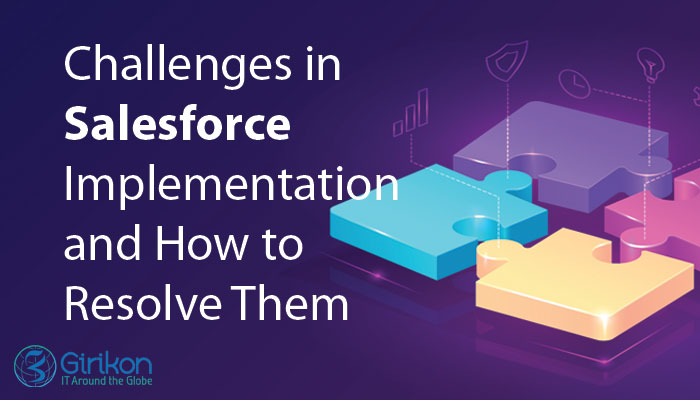
Implementation and Adoption Roadmap
Lack of clarity of purpose and want of understanding of its impact can lead to a failed implementation of Salesforce. Without expectations being set, organizations tend to implement and adopt Salesforce with inadequate resources and expertise, and often without the buy-in of the right people. The result is a half-baked system that does not compliment organizational goals and staff needs.
When stakeholders do not agree on the requirements or scope, for lack of time or prioritization, the implementation team eds up confused with a blurred vision of the organization’s goals. Frequent scope changes lead to a faulty implementation with declined productivity.
Detailed and meticulous planning will drive 80% of your success. Spend time to freeze requirements before commencing implementation. Get buy in from stakeholders and management. Make a clear implementation roadmap upfront. Align it with the company’s strategic goals. Establish a clear roll-out strategy.
Data Migration and Validation
Data powers Salesforce. Without the right data, Salesforce cannot deliver what it is designed to. As it is, It’s a challenge for staff to learn a new system and adopt it as part of their regular work routine. And when data is incomplete or inaccurate couple of things happen. First, the trust is broken in the system. Second, when you feed your systems with faulty data, it’s even more challenging to get any valuable data out of it. And if users aren’t getting valuable information from the system, chances are slim they will be keen to enter it in the first place.
A definitive approach is required to work out the data migration strategy with the Salesforce implementation team. User mapping, data security and cleaning up data is a time intensive activity and requires an experienced team.
To overcome this data challenge, double-check the integrity of data that you wish to migrate. Clean it up before importing into Salesforce. Use relevant tools wherever possible. Look at data mapping closely to map relevant fields, Engage the team members who know your data well to assist with data migration validation.
One of the keys to maintain healthy data is to have smart detection systems, regular clean ups and training.
Customization
With Salesforce’s endless capabilities, there is a tendency to overdo customization to get maximum features on board. In a manner of speaking, tendency to bite more than you can chew. This only complicates the implementation. Customization without a thorough understanding of your business needs leads to a faulty implementation.
To overcome this, adopt an incremental approach. Split the features into basic, essential, and so on, in order of necessity. A phased approach saves costs and ensures the system retains its integrity after each stage of customization and mitigates implementation challenges to a large extent.
Use the Lightning App Builder from Salesforce and Apps from the AppExchange to build custom applications, fast. The Salesforce1 platform and Salesforce SDKs facilitate development of mobile apps quickly. Salesforce Canvas allows easy integration of other systems with Salesforce screens. Use Lightning Process Builder to create complex business processes without any need for coding.
User Acceptance Testing
No implementation is perfect. And despite the best of efforts of implementation teams, errors do creep in. Gaps in communication, bugs, unsuitable tools, and other issues often result in the system not being up to expectations. Testing is the best way to ensure any IT implementation meets its pre-defined goals. Catching bugs early makes it that much easier to fix them.
Empower subject matter experts with expertise in your line of business. Encourage them to take up leadership roles in the implementation, and become champions for its smooth roll-out and organization-wide adoption.
Document test cases and test plans and execute. Fix the bugs, and retest as and when needed. Simulate use cases and do thorough testing to ensure the code meets the objectives. Conduct sandbox testing to work out the kinks before go-live, mitigating the deployment risks.
Adoption
Most often, much of the focus and effort in a Salesforce implementation goes to the technical side of things. While this is necessary, it might come as a surprise that even after a really good implementation, it can still be a challenge to get your staff to actually use the system! More often than not, adoption is one of the biggest challenges across all types of businesses.
Adopting a new system with the power and flexibility of Salesforce requires a significant level of organizational change. And it requires some well thought out “change management” planning.
It is crucial to have an organizational adoption plan as much as it is to have a technical one. This includes getting staff and leadership buy-in, communicating clearly about the vision and value of the project, and having a thorough plan for training staff and supporting them as they get trained.
Training
Training of staff to use Salesforce is one of the biggest challenges post implementation. What’s the point of investing time, resources and money in implementing a powerful software like Salesforce, if your staff can’t use it to its fullest potential?
To master features in salesforce, users should undergo thorough training with your Salesforce Implementation Partner. Focus your training on custom built features or functionalities in your implementation. Without proper training and support even the most trivial issue can become a stumbling block in organization-wide adoption. To overcome this difficulty, the implementation team should distribute documentation about the new features developed and provide hands on classroom training, department wise.
The true power of Salesforce is not just about entering or populating data into it. Equally important is how you pull data out of it.
A Certified Salesforce Consulting Partner will approach your Salesforce implementation with 3 key elements — accurate assessment of expectations, detailed attention to data, and a thorough adoption/training plan, putting you 3 big steps ahead.

 +1-480-382-1320
+1-480-382-1320 +44-7428758945
+44-7428758945 +61-1300-332-888
+61-1300-332-888 +91 9811400594
+91 9811400594